Our Girl star and Coronation Streetactress Michelle Keegan uncovers some exceptional women on her family tree in this episode of Who Do You Think You Are?
Michelle Keegan is proud to be a Mancunian born in Stockport on 3rd June 1987 to Michael Keegan and Jacqueline Turner, we can find her parents’ marriage in 1983 at Trafford in TheGenealogist’s marriage records.
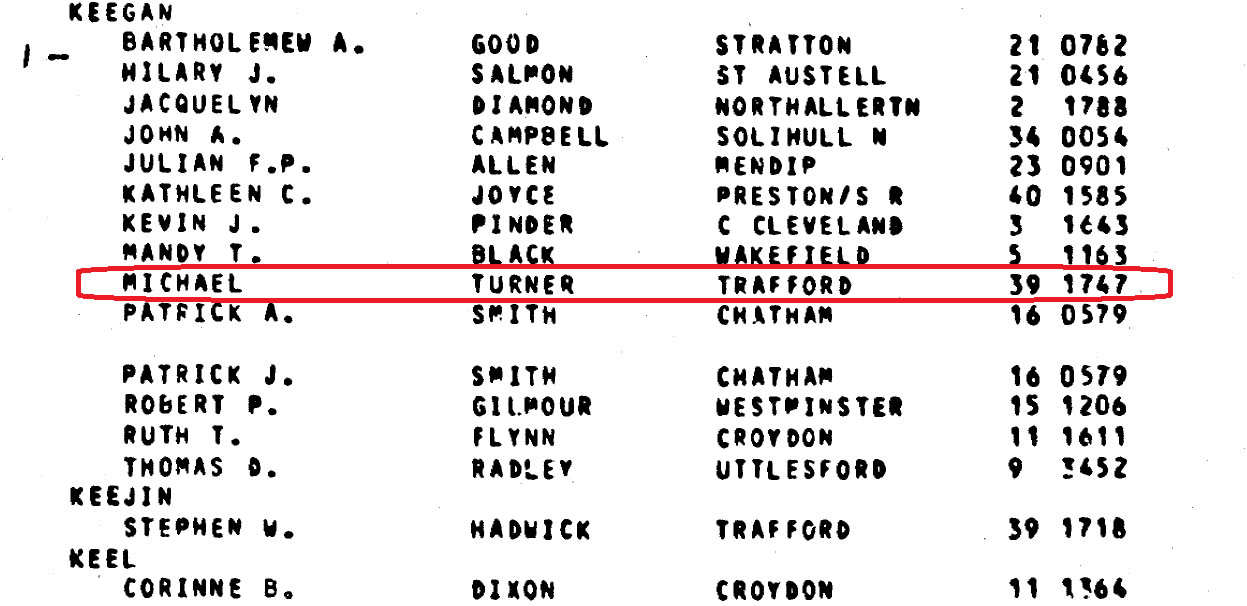
Michelle knew that there was a Gibraltarian link on her maternal grandmother’s side and so was curious to discover more. In the BBC programme she is recorded saying:
I would love to find out: where did we come from before Gibraltar?
To see what her family already knew about their connection to the British Overseas Territory, Michelle paid a visit to her mother, Jackie. Her mum has a suitcase full of photographs, one of which is Michelle’s Gibraltarian great grandmother, Leonor Orfila, and her English great grandfather, Charles Stuart Wiltshire. The picture is taken in front of “The Rock” in Gibraltar and shows them along with their children and an old fashioned pram. Michelle’s mum was able to tell her that Leonor and Charles were very much in love and never went anywhere without each other. While Michelle was not certain about what it meant to be Gibraltarian, Jackie explains in the programme that Leonor and her family would have identified as British, even though they would have spoken Spanish at home.
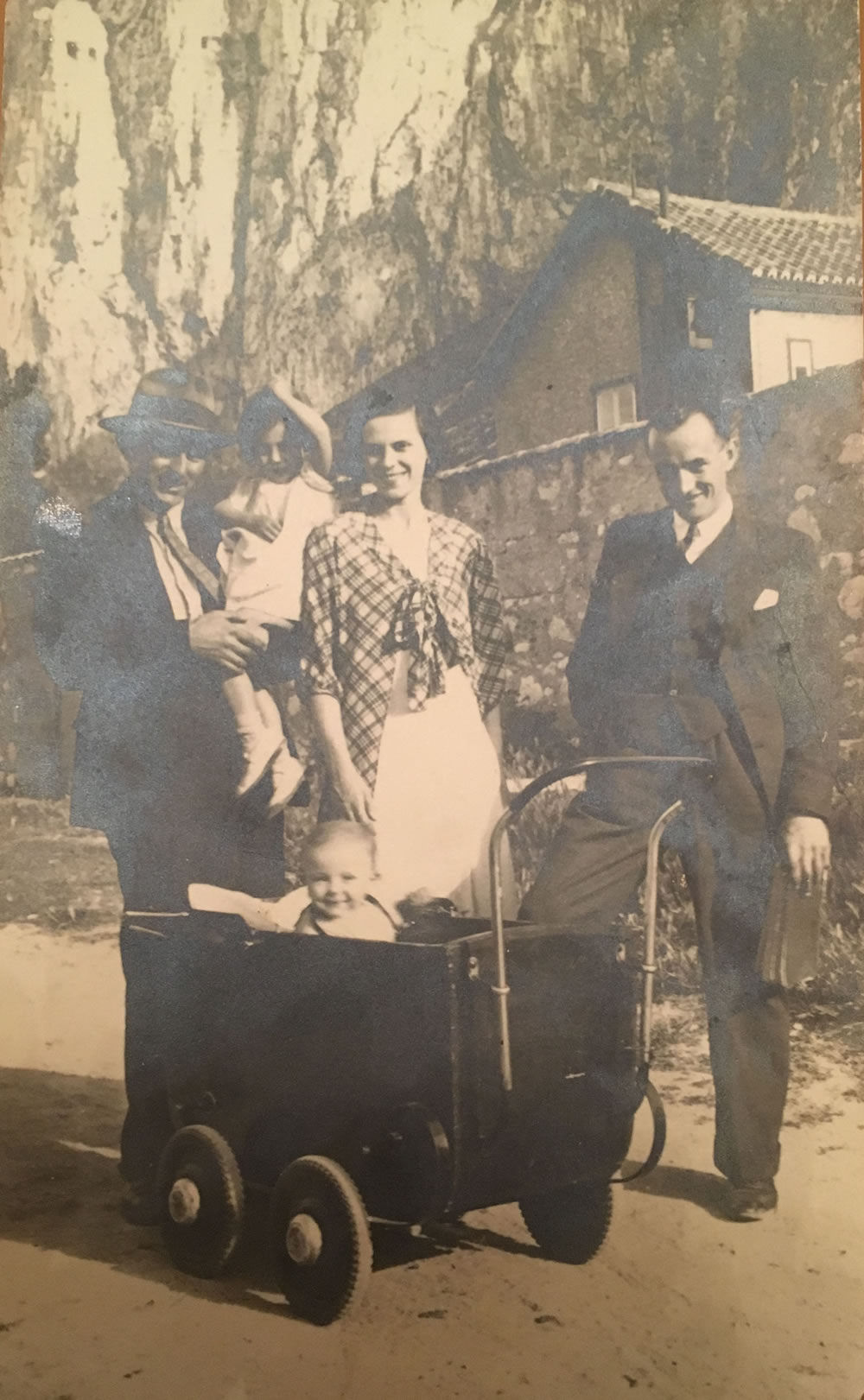

In the episode of Who Do You Think You Are? Michelle is seen travelling to Gibraltar where a local historian, Jennifer Ballantine, shows her the local 1911 census. In it Leonor was recorded as a child of 4. Her father, Miguel Orfila, was listed as a 49 year old groom and it also identified their religion as being Roman Catholics. Having identified the address where Michelle’s great grandmother and her family had lived, Jennifer is able to take Michelle to visit a street in the uppermost part of the town. Just around the corner from Leonor’s childhood home can be found the family’s local church: the Sacred Heart. On screen Michelle thinks about her ancestors worshipping in the building.
I take it they would have been here every Sunday morning as a family…and the whole community would come here. It’s beautiful…
But a look at the local marriage certificate reveals another story. Despite the family’s Roman Catholic faith, Leonor did not marry Charles at the Sacred Heart but instead in the Wesleyan Methodist church in Gibraltar. This would have been because their marriage was considered to be a “mixed” one Charles was Church of England and Leonor was Roman Catholic and so they were not able to marry in the family’s church. The two were marrying for love against the advice of their respective denominations.
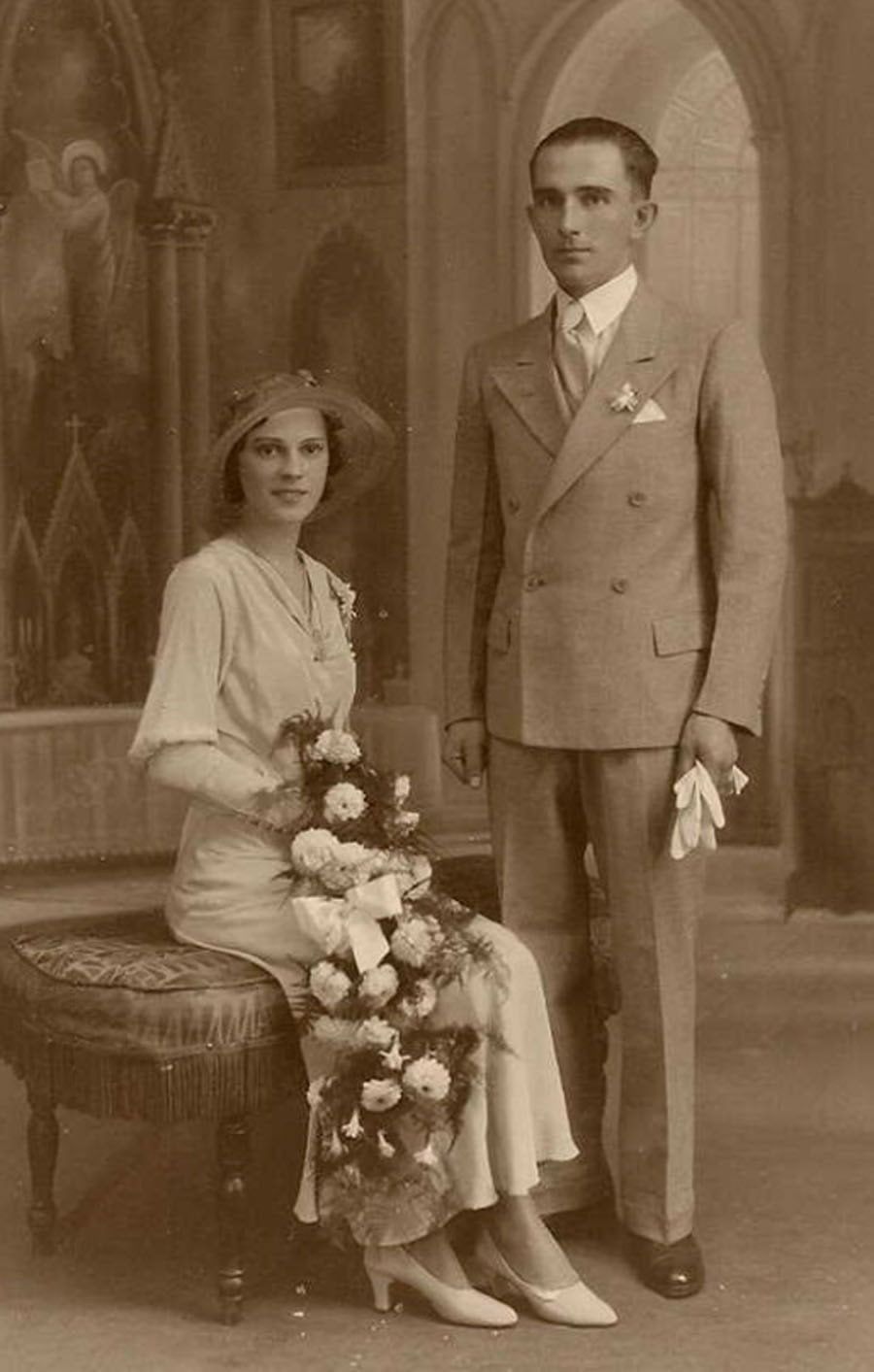
The research finds that Charles was an Electrician by trade and he was serving in the Royal Engineers that was garrisoned on “The Rock”. By using TheGenealogist’s records to go back a generation we can find that the family already had an association to the RE regiment. Charles, aged 3, is recorded with his mother and father in Sheerness, Kent at the time of the 1911 census. His father, Alfred Wiltshire, was a Sergeant in the Royal Engineers.

With the outbreak of the Second World War, Michelle discovers that the family would have been separated. While Charles would have remained on The Rock, her Gibraltarian great grandmother was forced to leave home with the children. In 1940 all the women, children and elderly were compulsorily evacuated from the British territory as the military authorities put Gibraltar onto a war footing. An important garrison and naval base, the Crown Colony as it was then, controlled the entrance to the mediterranean and so it was a target for the enemy to attack. The armed forces needed to increase the number of service personnel in Gibraltar and so the authorities issued a command that all the civilians who were not essentially employed would be subject to mandatory evacuation. Some of the Gibraltarians went to Madeira, some to Jamaica, but the majority were sent to the UK. Michelle finds out from the Gibraltar National Archives that her great-grandmother, Leonor Wiltshire and her three children were sent on the ship “Ulster Monarch” to England.
In the show a meeting in Gibraltar was set up for Michelle to talk to her great-uncle Michael. He was able to tell her about the 16 day journey from Gibraltar to England that he and the family made in cramped and poor conditions. The vessel they came on was a cargo ship with only 6 toilets between the 300 to 400 people who were travelling and on arrival in Britain the passengers were hosed down before being allowed to go on to their destination in the capital. Michelle learns from Michael about where it was in London that her Gibraltarian family had been housed for their 4 year stay. Michael revealed to her that It was near to Lancaster Gate in Bayswater and he showed her a photo of the building that he and another 400 Gibraltarians had lived in. Michael recalled that the time was a happy one, with visits to the cinema and toy shops in London. But just a month after their arrival in the metropolis the Blitz began and so it was commonplace to see and hear bombs fall close by. Michael is able to recall that from his window he had seen a doodlebug heading towards Hyde Park and he remembers waking up to find that the road in front of them had been turned into rubble. A search of the records on TheGenealogist reveals that this, however, was not the first sea passage to the UK that Leonor and some of her children had made. The previous one was probably more comfortable as a search of the Immigration, Emigration and Travel records reveals them traveling back to Gibraltar after a visit to Devon in 1937.
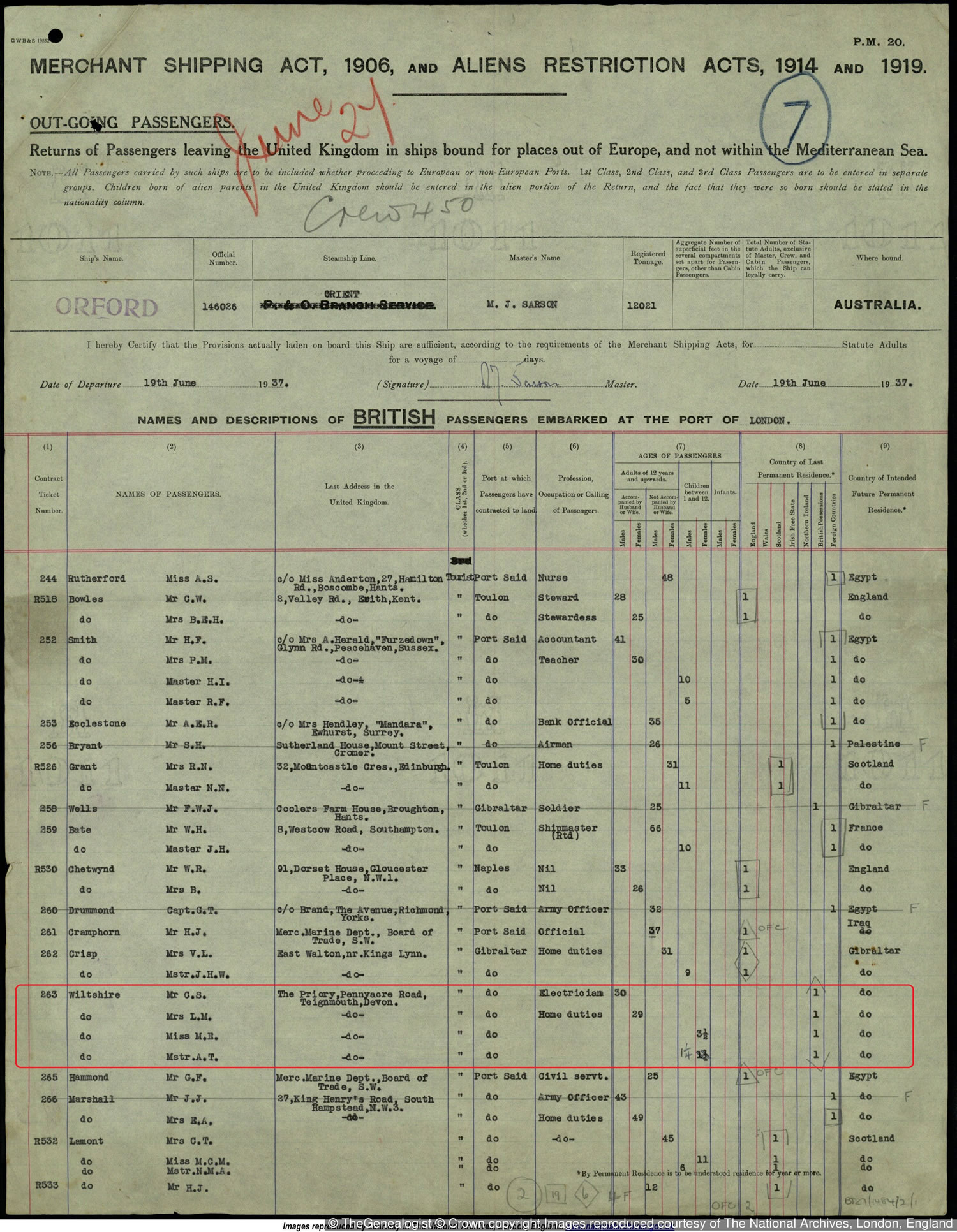
Michelle, with the help of a local researcher, manages to go back even further into this branch of her family line. A visit to the Garrison Library allowed her to meet the researcher Richard Garcia, who was able to show her a beautiful family tree that stretched back to a man named Giacomo Parodi Michelle’s 7x great grandfather. This ancestor is revealed to be from Genoa in Italy and Giacomo turns out to be a fascinating subject for research. He had come from Genoa to Gibraltar at the age of 13 in search of work, as had many others during this period. The British had captured Gibraltar in 1704, during the War of the Spanish Succession, and from then on it attracted people from all over the Mediterranean to work in the colony.
Access Over a Billion Records
Try a four-month Diamond subscription and we’ll apply a lifetime discount making it just £44.95 (standard price £64.95). You’ll gain access to all of our exclusive record collections and unique search tools (Along with Censuses, BMDs, Wills and more), providing you with the best resources online to discover your family history story.
We’ll also give you a free 12-month subscription to Discover Your Ancestors online magazine (worth £24.99), so you can read more great Family History research articles like this!
In the Gibraltar census of 1777 Michelle was able to find her 7 x great grandfather listed as a seaman though she is also told that he had been found to have owned a wine shop at one time and was fined in the very same year for selling wine to the local soldiers after hours. Michelle was then able to discover him variously on other lists as a baker and a tobacconist, as well as eventually owning three of his own ships. It appears her ancestor had accumulated a great deal of wealth over his lifetime.
So he was a seaman first, selling wine, and then a baker… and a tobacconist. He’s got a finger in every pie! So he was a businessman… and a savvy businessman at that!
The discovery of Giacomo excited Michelle:
I’ve got heritage in Italy! Never in a million years would that have crossed my mind.
Michelle then traveled to Italy to continue the quest by visiting the childhood home of Giacomo in the north of the country. She meet there with the researcher Maria Laura Frullini at Santo Stefano, Giacomo’s family church in Genoa. By looking through the baptismal records at the church they were able to find the entries for Giacomo’s parents and then trace back even further through to Michelle’s 10x great grandparents Giovanbattista and Angela Parodi. This shows that her ancestors’ roots run deep in the local area. The TV programme shows that Michelle was moved when she was able to see inside the church of Santo Stefano. Visiting the place that was so central to her ancestor’s lives gave her the opportunity to touch the font where generations of her family had been christened.
I’m actually looking through the eyes of my ancestors in this room now. This is very special.
I never thought in my wildest dreams that I’d ever end up somewhere as amazing as this.
The Suffragist
Returning back to her Manchester roots Michelle discovers that another of her great-great grandmothers, Elizabeth Kirwan, was living in poverty in Manchester at the start of the 20th century. The actress is thrilled to unearth a connection to the suffragette leader Emmeline Pankhurst.
A visit to her great aunt Paula, who is the youngest sister of Michelle’s grandfather, sees her being shown a 1926 picture of her great grandparents, James and Norah Kirwan. Norah’s parents, in turn, were Elizabeth and Jack Kirwan and they lived in the Greenheys area of Manchester. Paula can remember visiting her grandmother’s home in the area and recalls how Elizabeth was the matriarch of the local community, being held in great respect by those living around her for looking after everyone in the neighbourhood.
To find out more about Jack and Elizabeth Kirwan, Michelle went to the Central Manchester Library where she was helped by historian Michala Hulme. She is provided with Jack and Elizabeth’s marriage certificate from 1901 and then discovers that the couple went to live in West Gorton one of the most overcrowded and disease ridden industrial parts of Manchester. Michelle hears that two of Jack and Elizabeth’s children died in their infancy and is saddened to hear that it was of illnesses that today would be easily treated and cured.
A third birth certificate is for for her great grandmother Norah. The historian points out an unusual detail to Michelle… the signature of the registrar. The name is one that has gone down in history as it appears the birth was registered by the famous Suffragette Emmeline Pankhurst. At the time this famous campaigner for women’s enfranchisement was a registrar for the Chilton Upon Medlock district.
While this provided a link between Michelle’s great-great grandmother and Emmeline Pankhurst, the question remained whether more research would turn up any evidence to show Elizabeth Kirwan, herself, being involved in the movement for women’s suffrage. At the Pankhurst centre social historian, Helen Antrobus, was able to show Michelle the 1911 census which we can find on TheGenealogist. Recorded under Elizabeth’s occupation is the word ‘suffragist’. The 1911 census was seen by women who wanted the vote as an opportunity to protest their lack of representation in society. Others decided to deface it, or to boycott filling it in altogether. It seems that Elizabeth decided on a different tack that still demonstrated her stand and yet operated within the law. It also alludes to the fact of being a suffragist was an important part of Elizabeth’s identity.

When, 7 years later, women were given the vote Elizabeth registered for the chance to cast her ballot. In the TV programme Michelle finds Elizabeth and her husband John’s names at the top of a voting list for the district. This would have been the first time that Elizabeth Kirwan, along with many other women who were on the list, would have ever had the chance of participating in a democratic vote. Michelle is pleased with the result of the research done for the programme:
It’s very empowering. I bet a lot of these women would have been fighting for this for years. This day would have meant a lot to them.
I’ve always been proud of my heritage…and very, very proud of my family. Always. From my grandma to my mum I’ve always been around strong women, and now looking at my ancestors and my bloodline I totally understand why… And I’m really proud of the fact that these women are actually in me. They’re part of me. And that’s what I’m going to take forward.
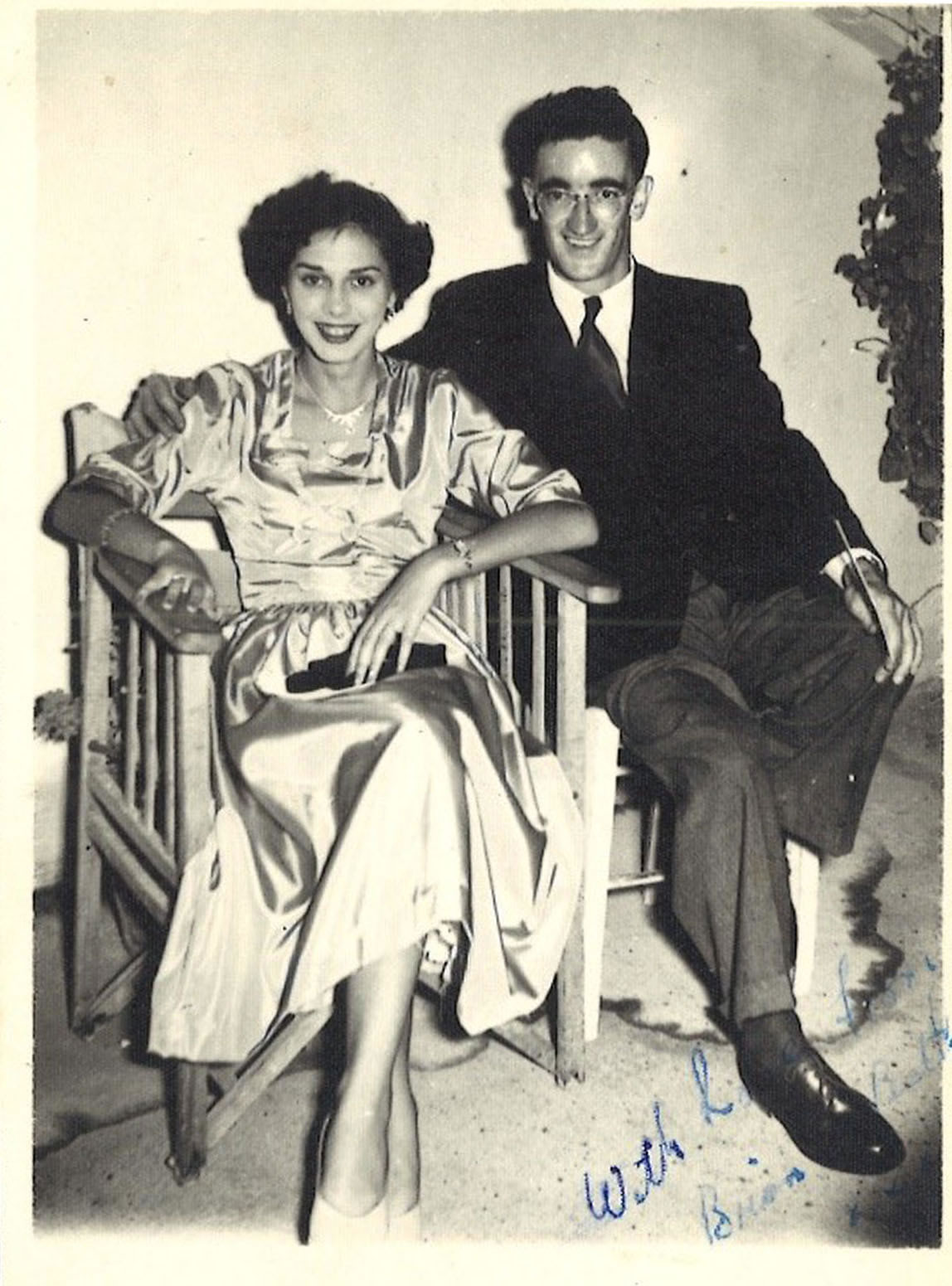
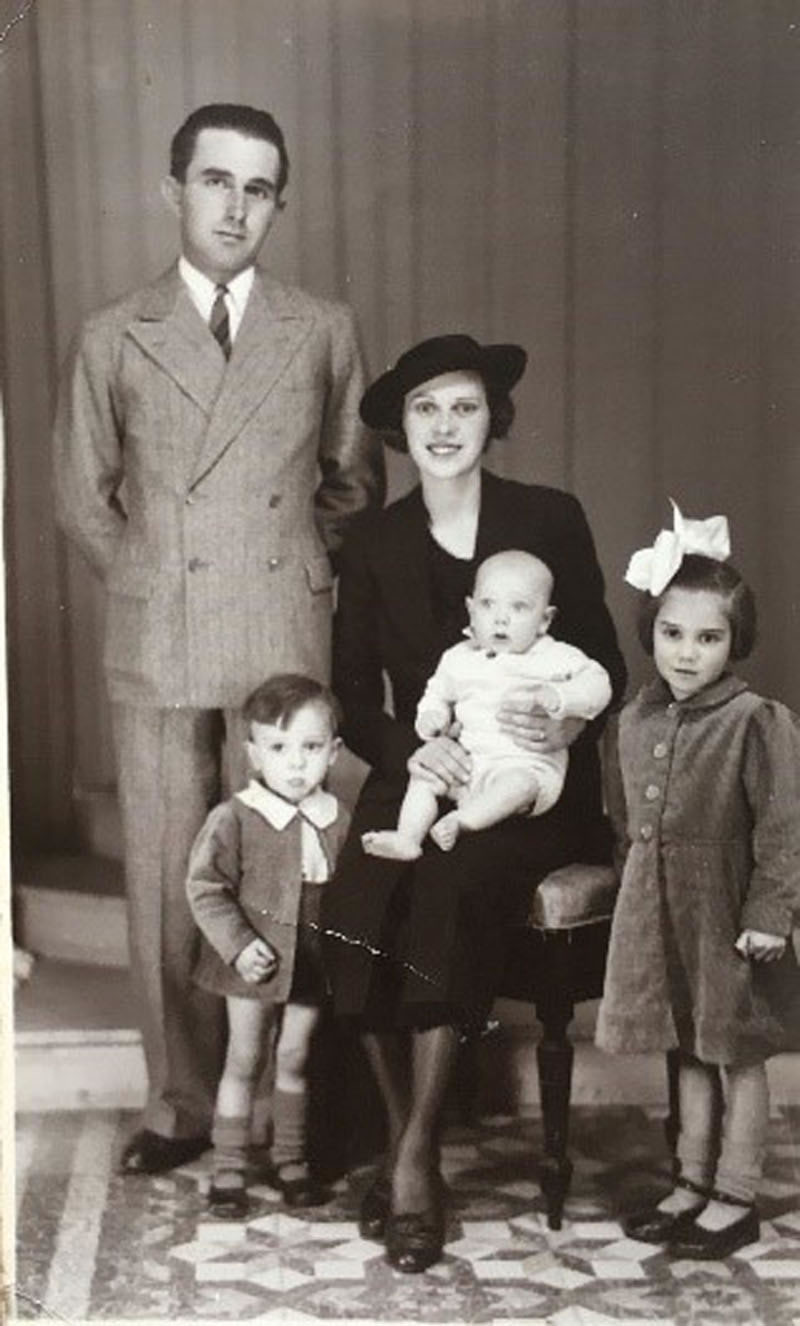
Sources:
Press Information from IJPR on behalf of the programme makers, Wall to Wall Media
Extra research and record images from TheGenealogist.co.uk
Photos from BBC Images






